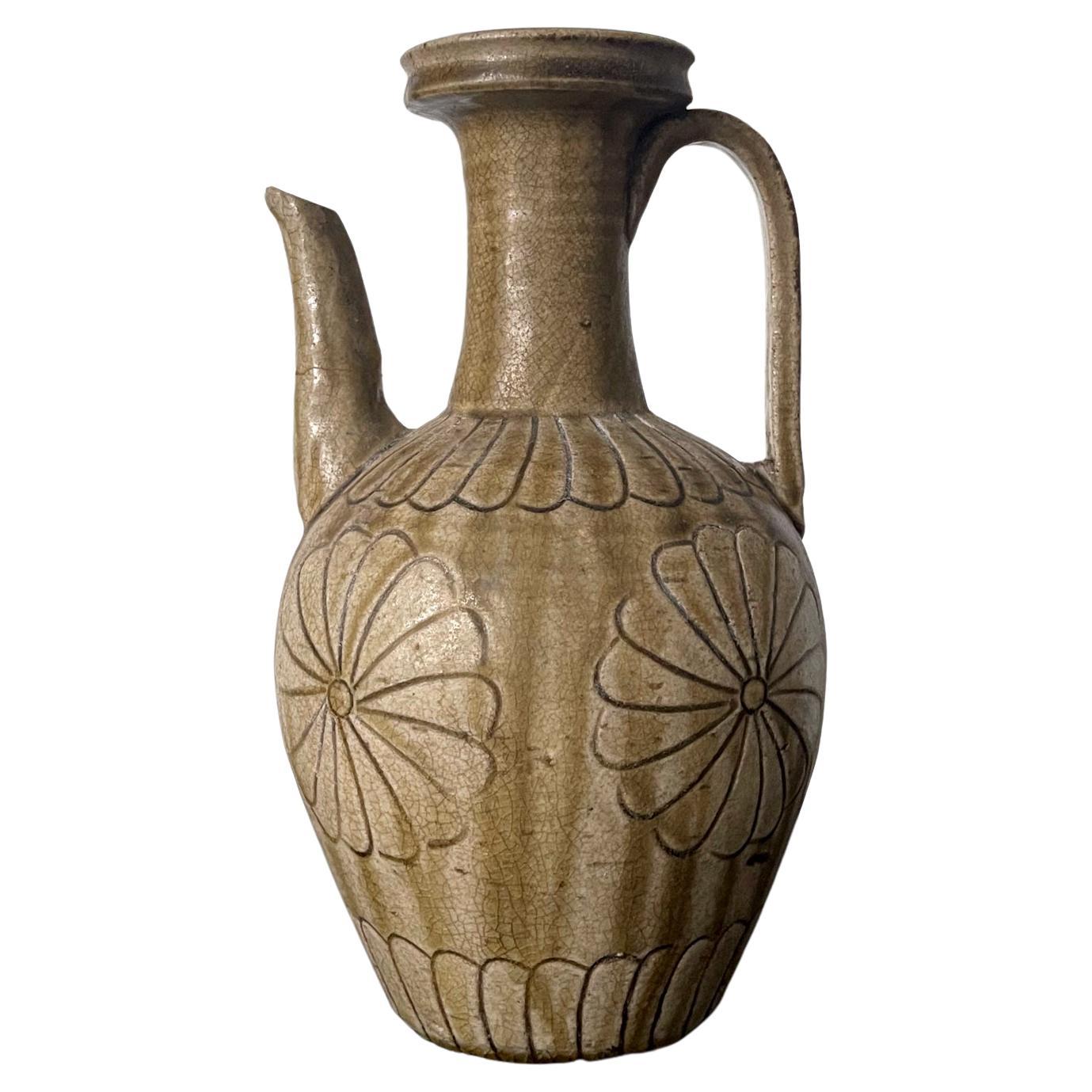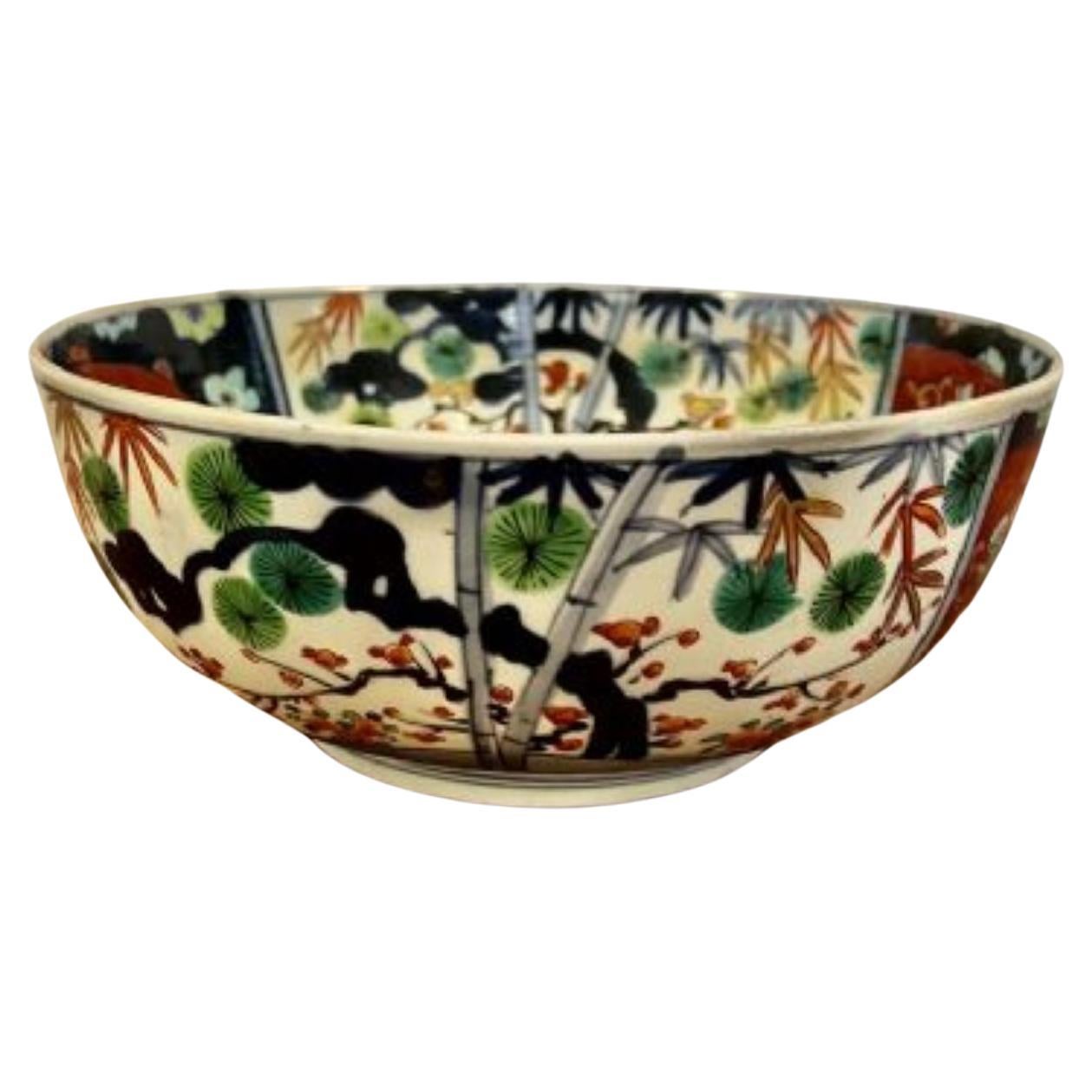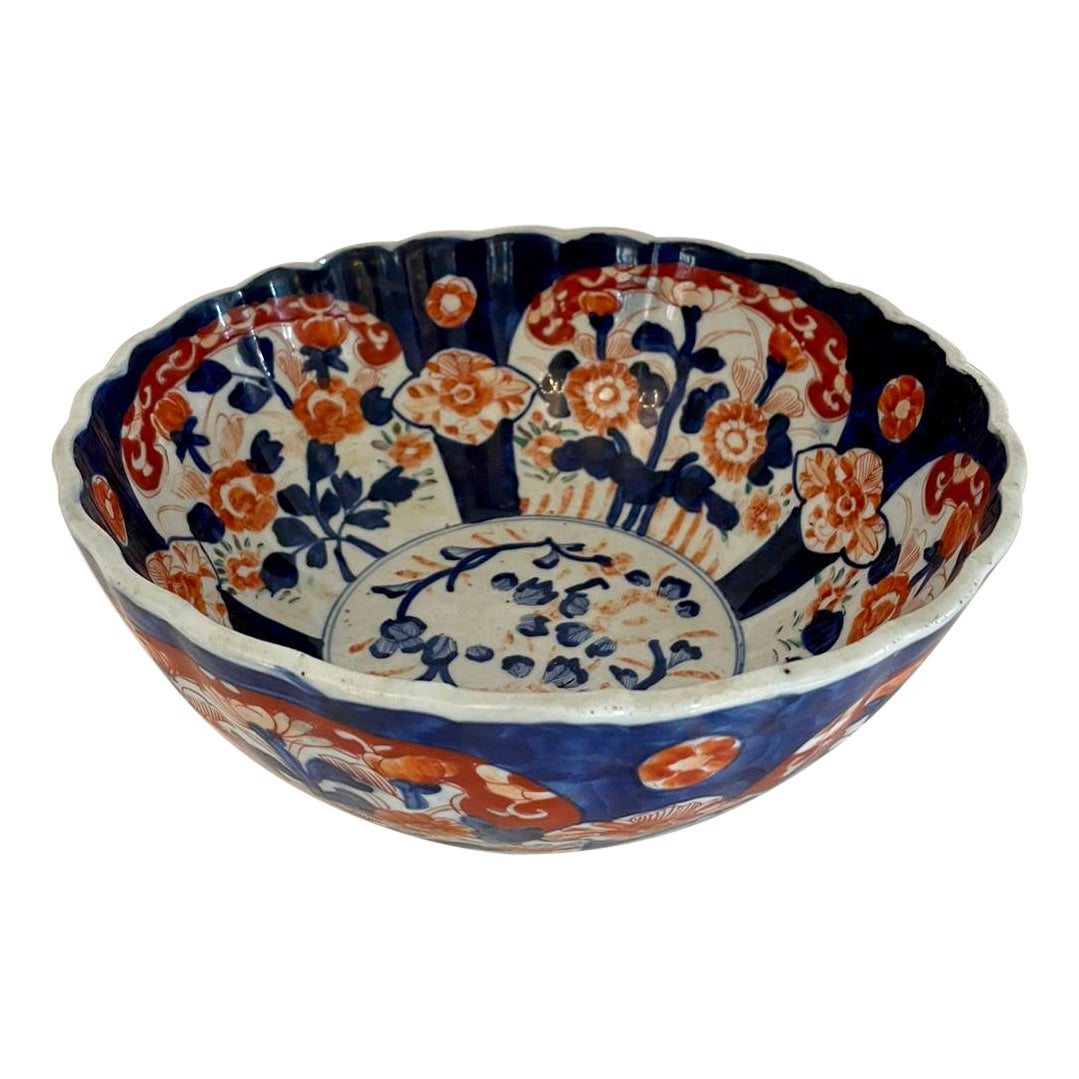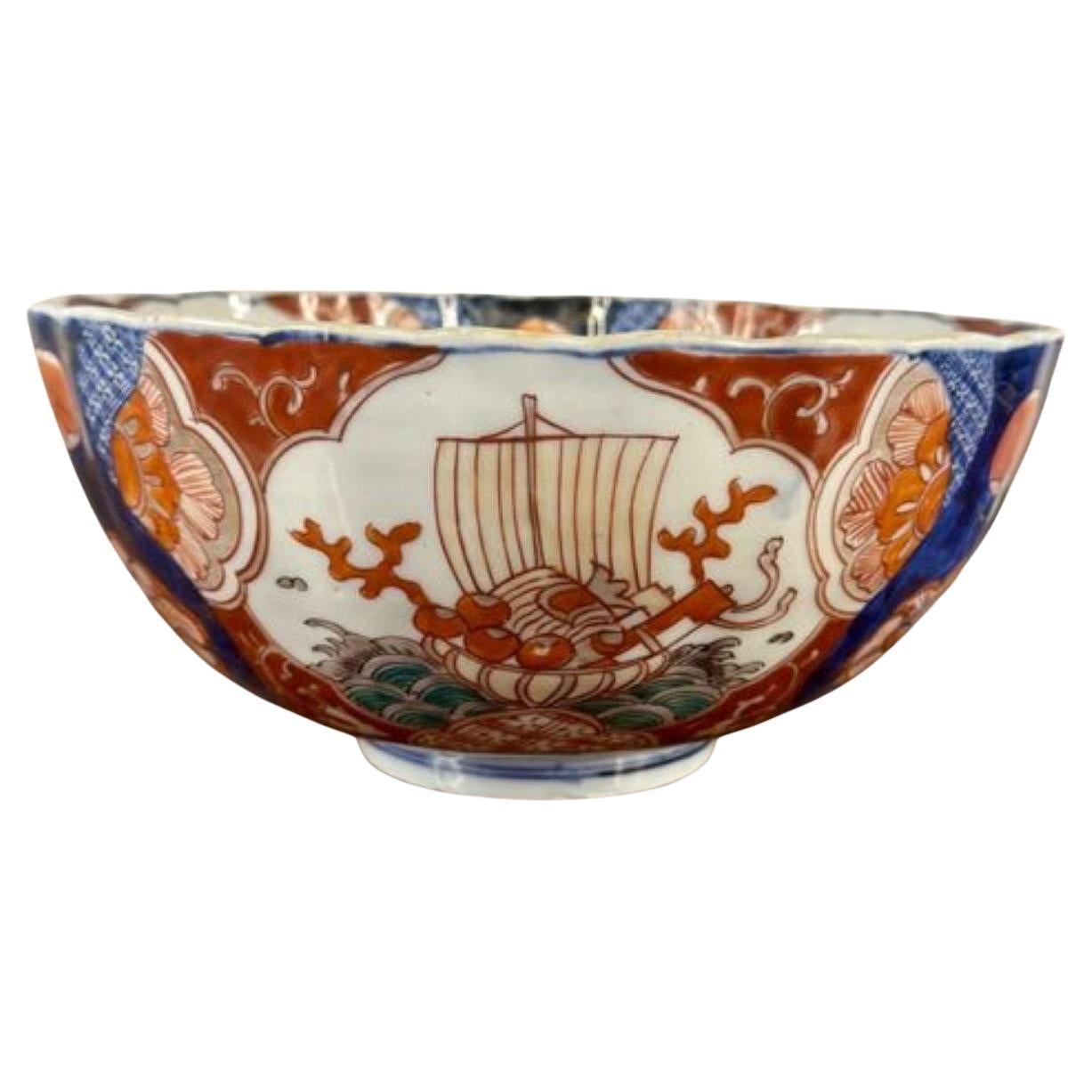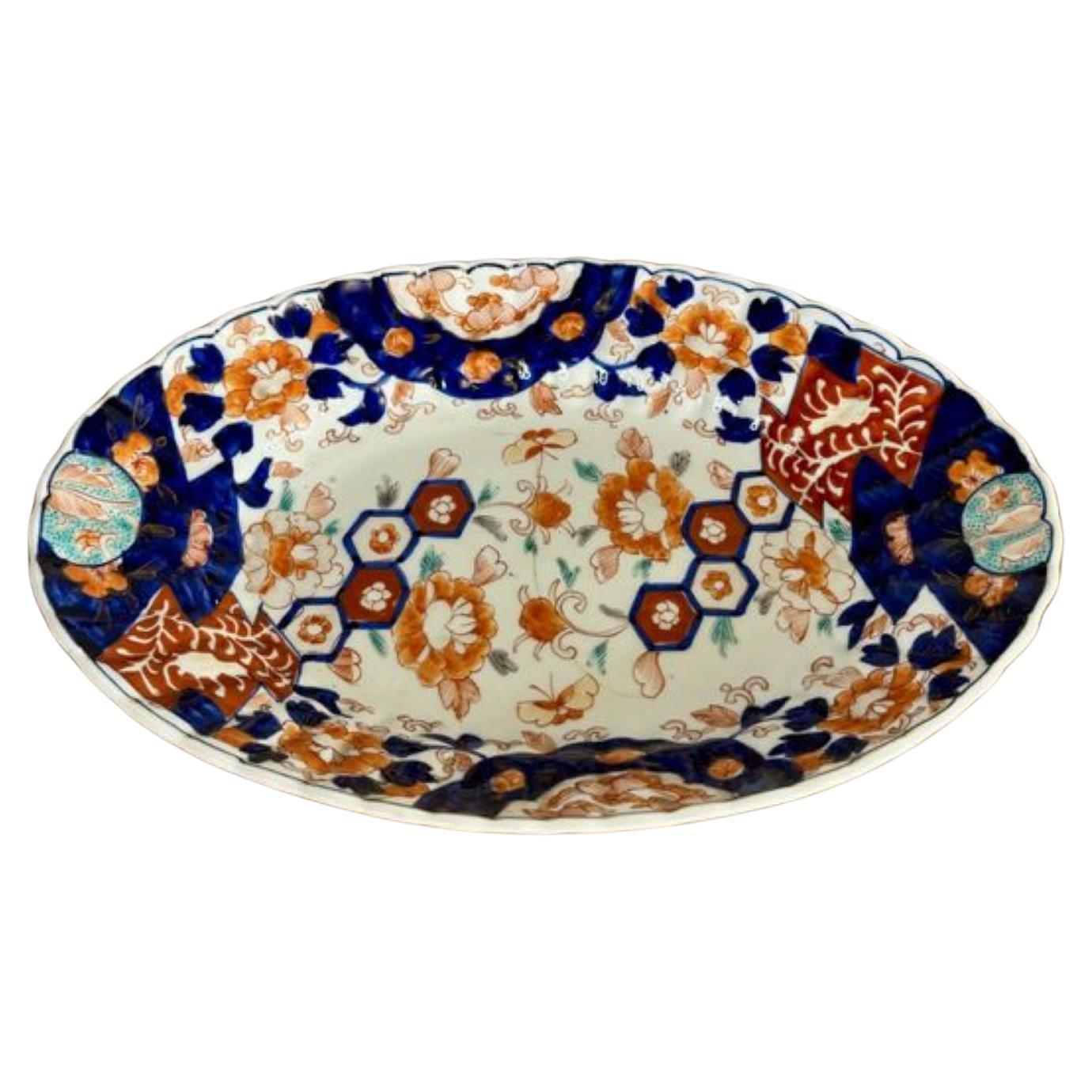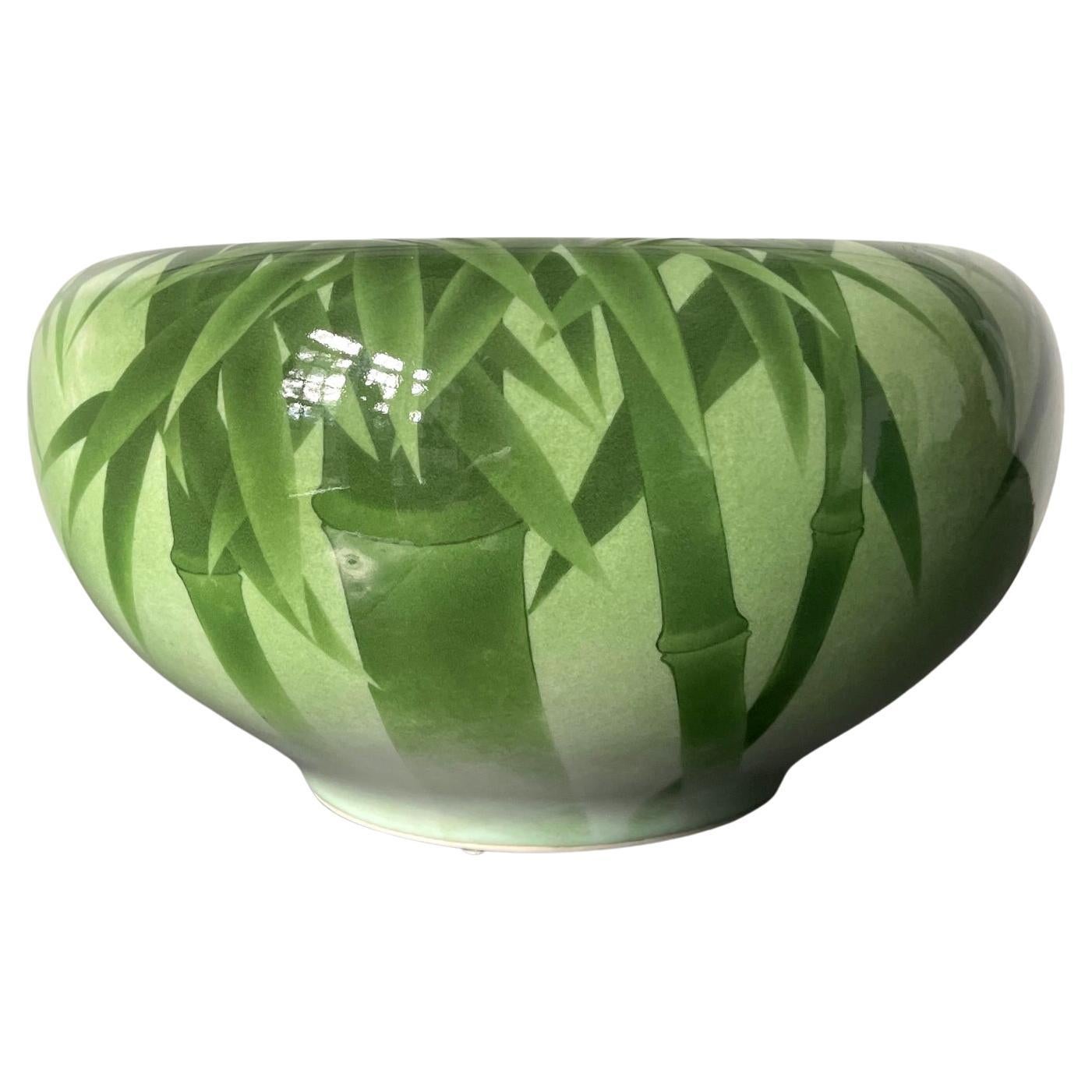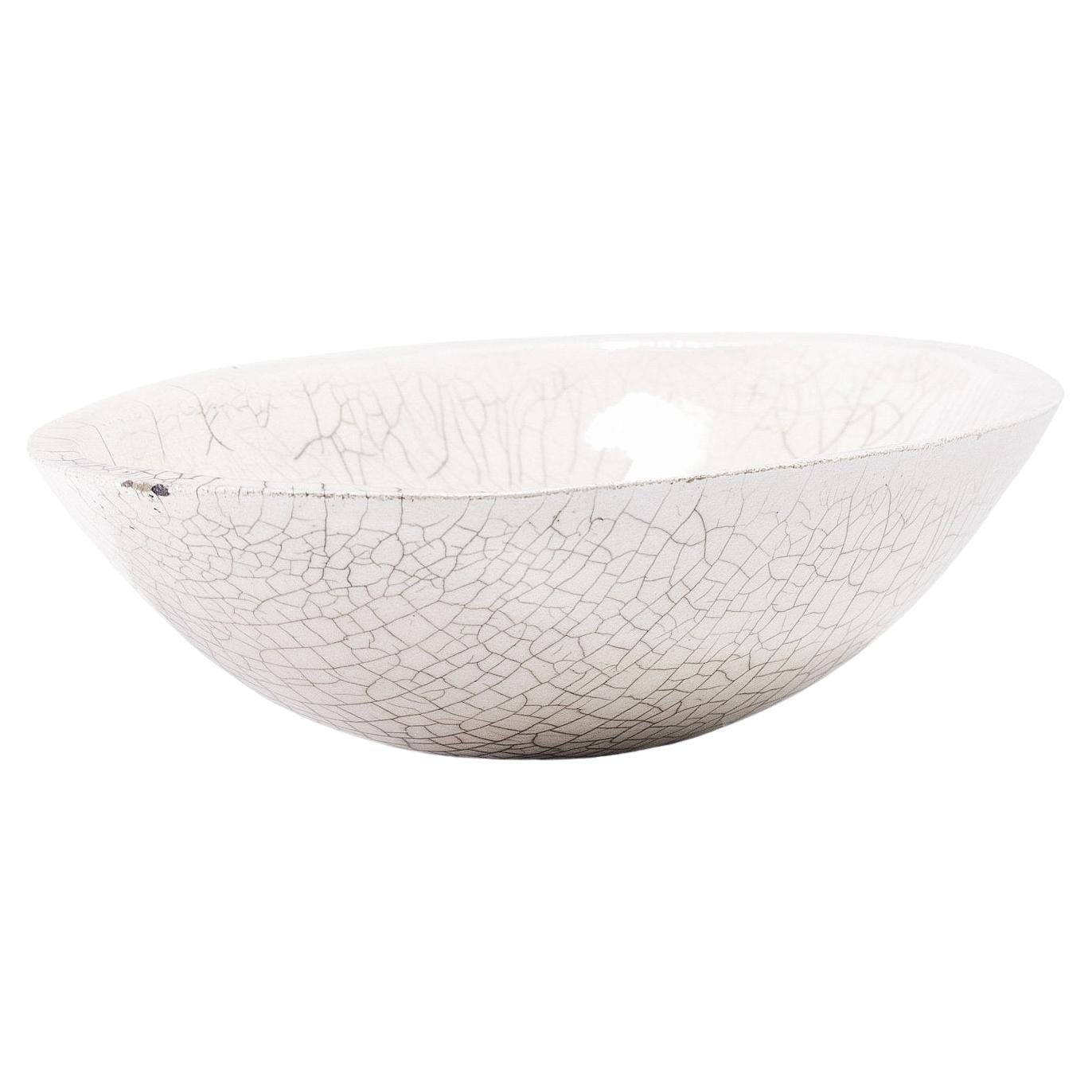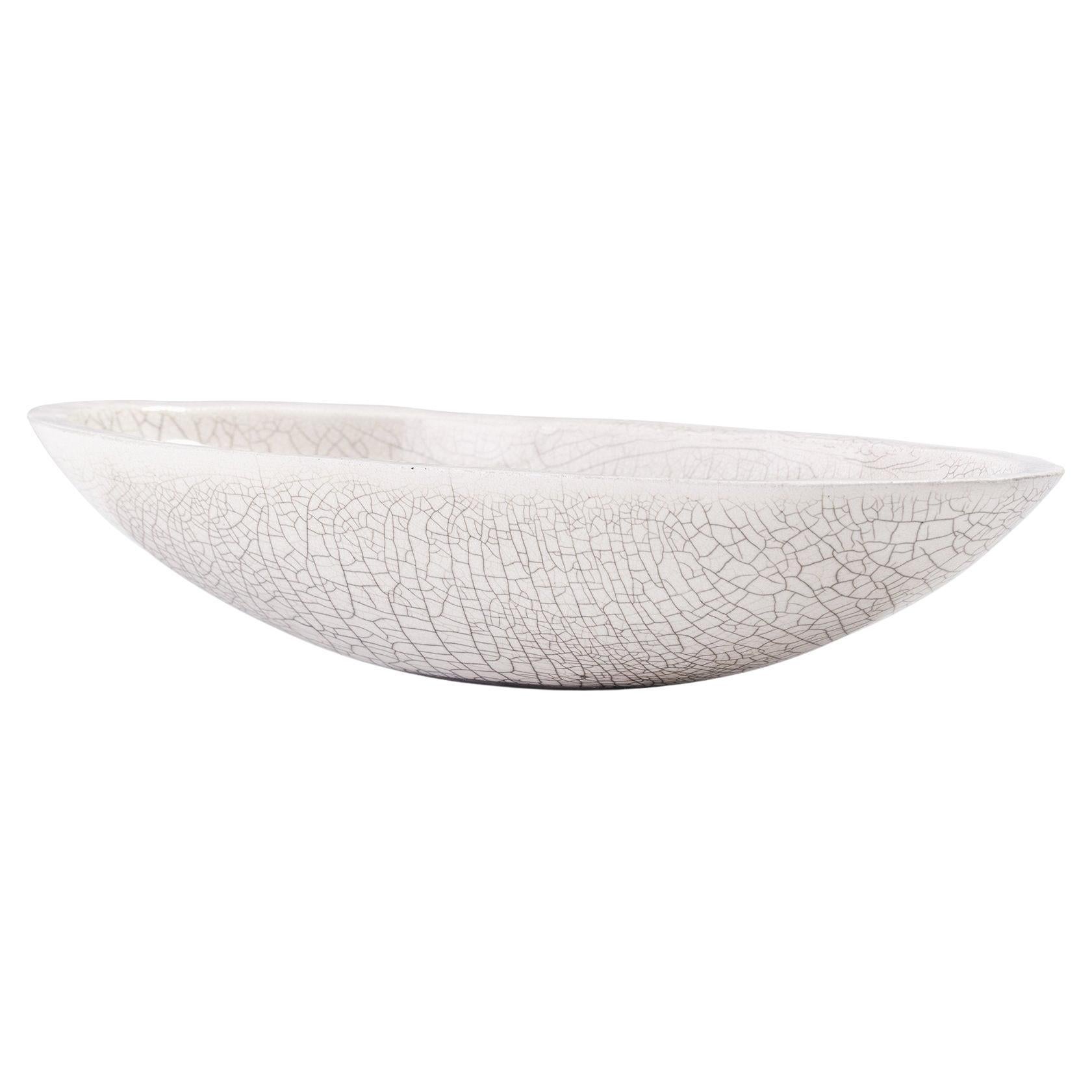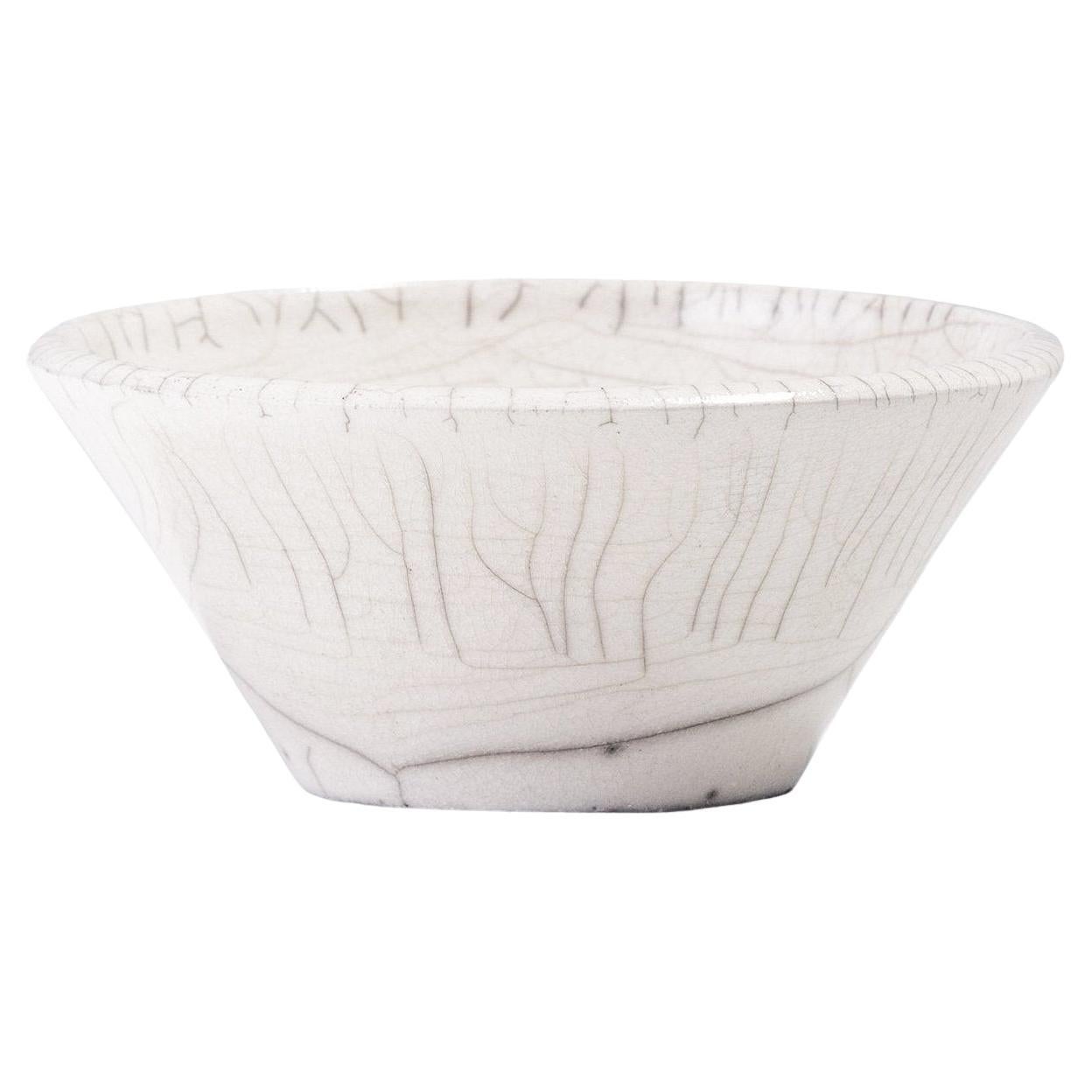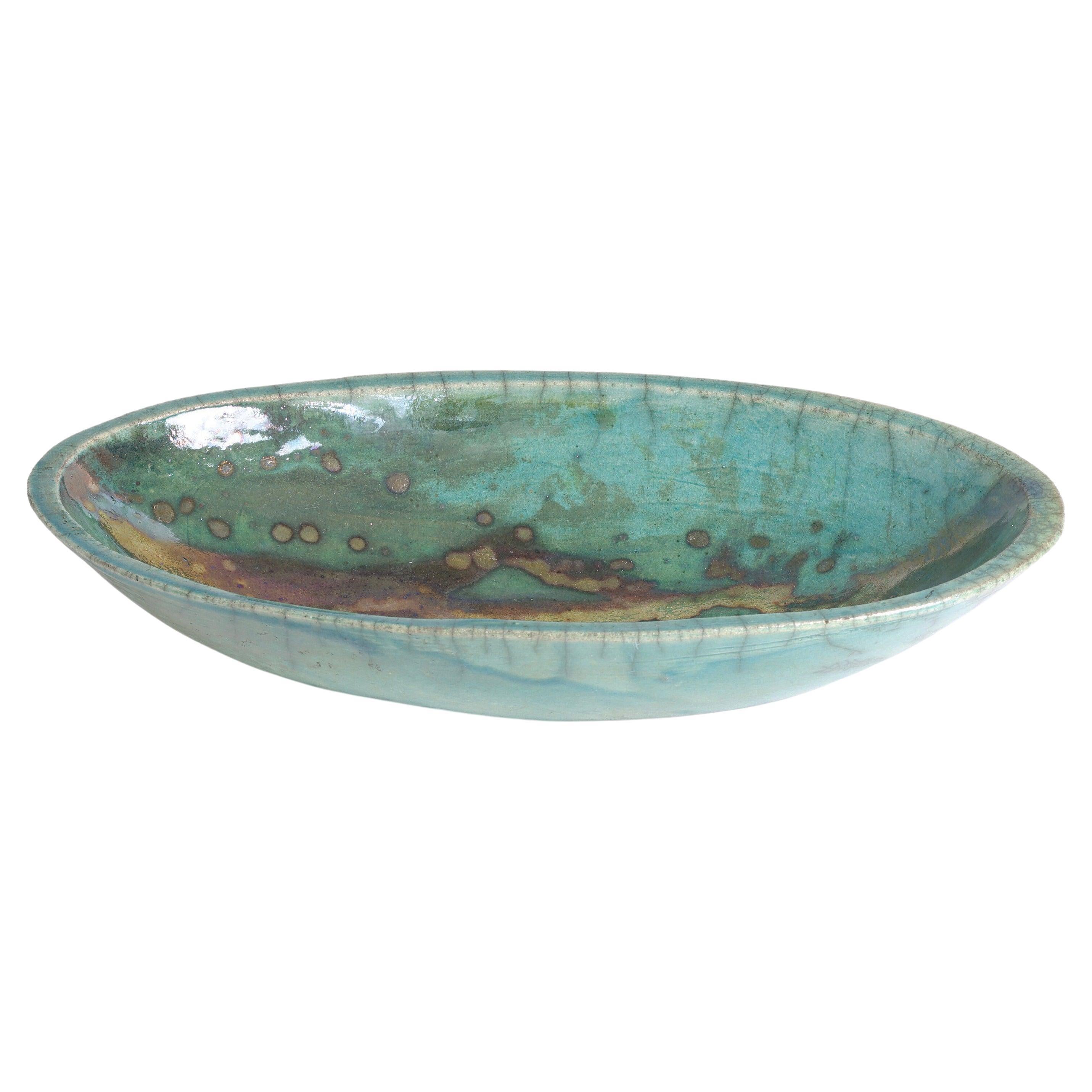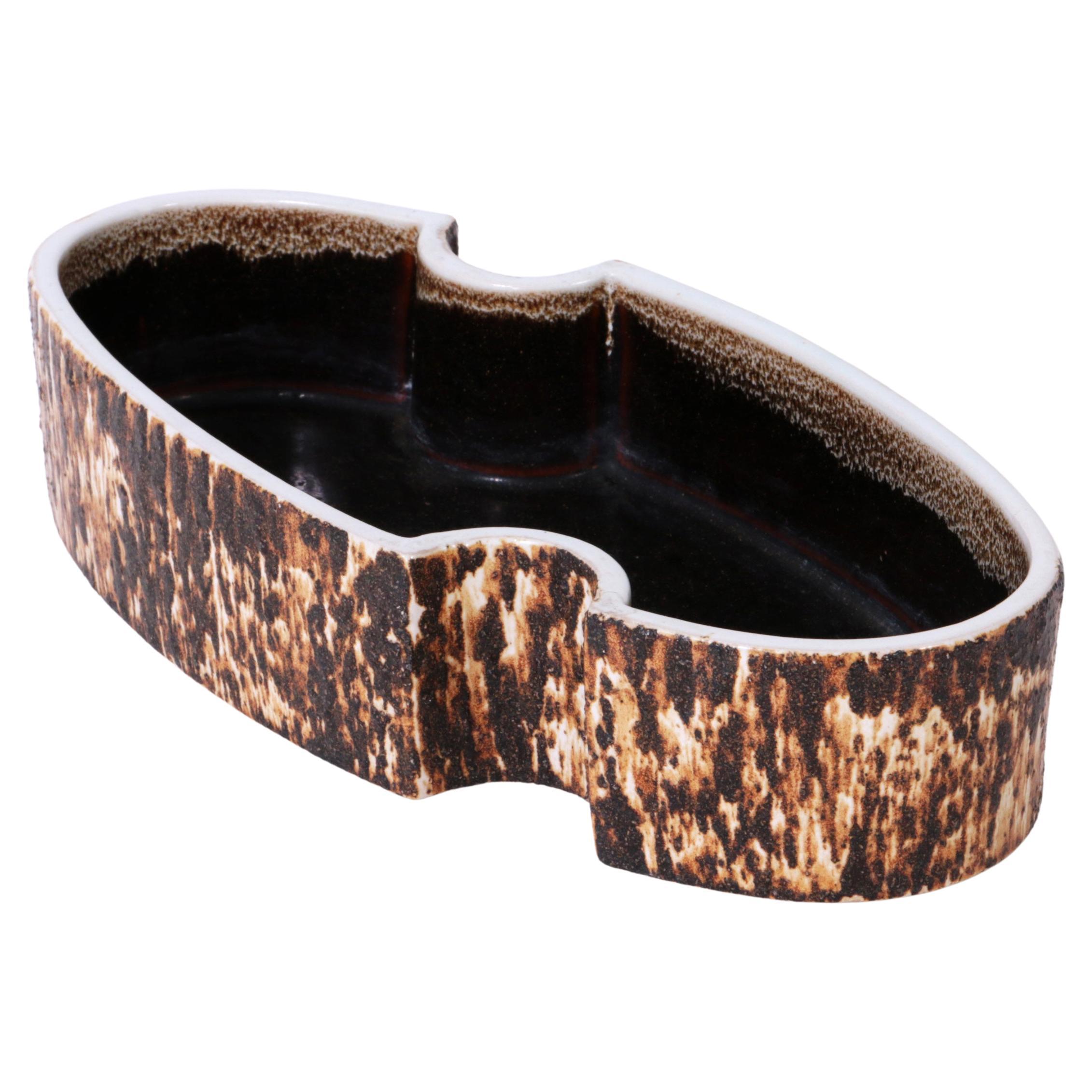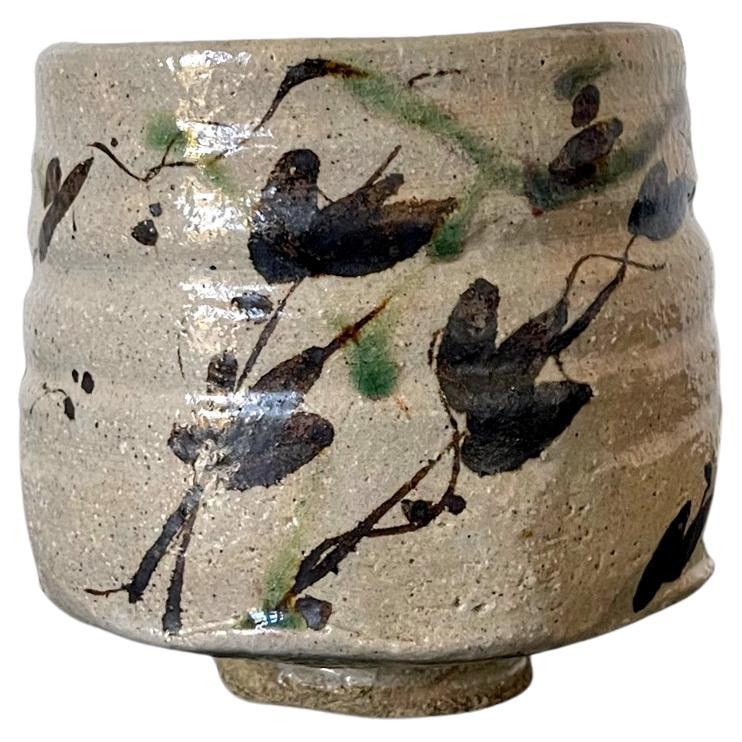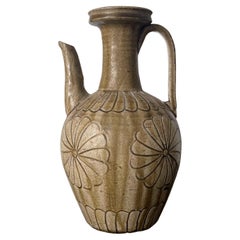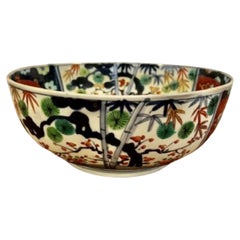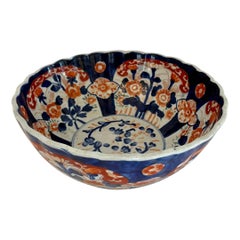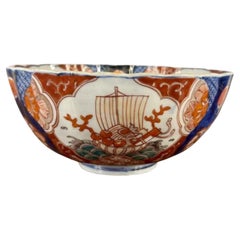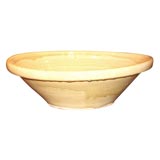
Japanese Seto Bowl
View Similar Items
1 of 7
Japanese Seto Bowl
About the Item
- Dimensions:Height: 8 in (20.32 cm)Diameter: 25.125 in (63.82 cm)
- Materials and Techniques:
- Place of Origin:
- Period:
- Date of Manufacture:1920s
- Condition:Excellent.
- Seller Location:San Francisco, CA
- Reference Number:Seller: 505251stDibs: 0508267903214
Authenticity Guarantee
In the unlikely event there’s an issue with an item’s authenticity, contact us within 1 year for a full refund. DetailsMoney-Back Guarantee
If your item is not as described, is damaged in transit, or does not arrive, contact us within 7 days for a full refund. Details24-Hour Cancellation
You have a 24-hour grace period in which to reconsider your purchase, with no questions asked.Vetted Professional Sellers
Our world-class sellers must adhere to strict standards for service and quality, maintaining the integrity of our listings.Price-Match Guarantee
If you find that a seller listed the same item for a lower price elsewhere, we’ll match it.Trusted Global Delivery
Our best-in-class carrier network provides specialized shipping options worldwide, including custom delivery.You May Also Like
Japanese Ko-Seto Stoneware Ewer with Carved Design
Located in Atlanta, GA
On offer is a rare Ko-seto (old seto) stoneware ewer from Kamakura period (12-14th century) Japan. The exceptionally heavily potted ewer is made of stoneware. The main body was likely hand-coiled with individually built handle, sprout and wheel-made neck and mouth assembled. It takes the basic form from the contemporary Chinese ewer...
Category
Antique 15th Century and Earlier Japanese Archaistic Ceramics
Materials
Stoneware
Lovely antique Japanese imari bowl
Located in Ipswich, GB
Lovely antique Japanese imari bowl having a lovely antique Japanese imari bowl with wonderful hand painted panels with leaves, trees and flowers in wonderful red, blue, green and whi...
Category
Early 20th Century Ceramics
Materials
Ceramic
Antique Quality Japanese Imari Bowl
Located in Suffolk, GB
Antique quality Japanese Imari bowl having a quality scalloped shaped Japanese Imari bowl with wonderful hand painted decoration in red, blue, oran...
Category
Early 20th Century Japanese Ceramics
Materials
Ceramic
$612 Sale Price
20% Off
Unusual quality antique Japanese imari bowl
Located in Ipswich, GB
Unusual quality antique Japanese imari bowl, having a quality unusual antique Japanese imari bowl with a wavy shaped edge, decorated with flowers, scrolls, ships and sea in stunning ...
Category
Early 20th Century Ceramics
Materials
Ceramic
Wonderful antique Japanese imari oval shaped bowl
Located in Ipswich, GB
Wonderful antique Japanese imari oval shaped dish, having a quality antique Japanese imari oval shaped bowl decorated with with flowers, butterflies and pat...
Category
Early 20th Century Ceramics
Materials
Ceramic
Japanese Ceramic Centerpiece Bowl Makuzu Kozan Meiji Period
By Makuzu Kozan
Located in Atlanta, GA
A beautiful ceramic vessel in the form of Bo, the so-called monk's alms bowl from the studio of Japanese Potter Makuzu Kozan, also known as Miyagawa Kozan (1842–1916), one of the most established and collected ceramist from Meiji Period. Born as Miyagawa Toranosuke, Kozan established his pottery studio in Yokohama circa 1870s and later became one of the appointed artists to the Japanese Imperial household. His work was exhibited in many international fairs that the Meiji government participated at the turn of the century and won many grand prizes.
Of a relatively large size, this piece was made as a decorative center piece for display. It was brilliantly decorated with underglaze paint of a green-on-green bamboo motif, using the novel technique developed by Kozan called Fuki-e (the blow painting). As a result, the bamboos appear took on a three-dimensional quality as if appearing in a mist. Known as one of the most creative ceramists, circa 1887, Kozan started experimenting with new chemical colors from the West in the format of his porcelain glaze. New colors allowed him to create underglaze design that appeared bright, smooth and glossy. To create design that is realistic and dimensional, more common in the western paintings, he was inspired by the native Japanese ink painting technique developed around 1900 by Yokoyama Taikan...
Category
Antique Early 1900s Japanese Japonisme Ceramics
Materials
Ceramic
Recently Viewed
View AllMore Ways To Browse
Shave Console
Shaving Kit
Shaw Walker File Cabinet
Sheesham Dining Table
Sheffield Argentina
Sheffield Dogs
Sheffield Guns
Shelby Williams Dining Table
Shelf Sitter
Shelley Bone China
Shelley Crystal
Sheraton Brass Chandelier
Sheraton Four Poster Bed
Sheraton Washstand
Sherle Wagner Door
Sherle Wagner Marble Sink
Sherlock Holmes Vintage Poster
Sherrill Broudy
